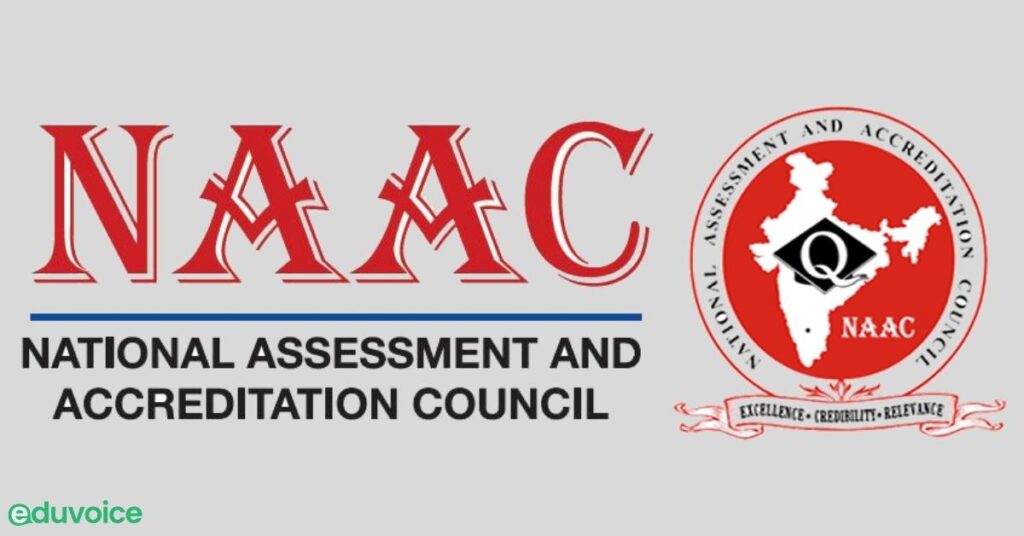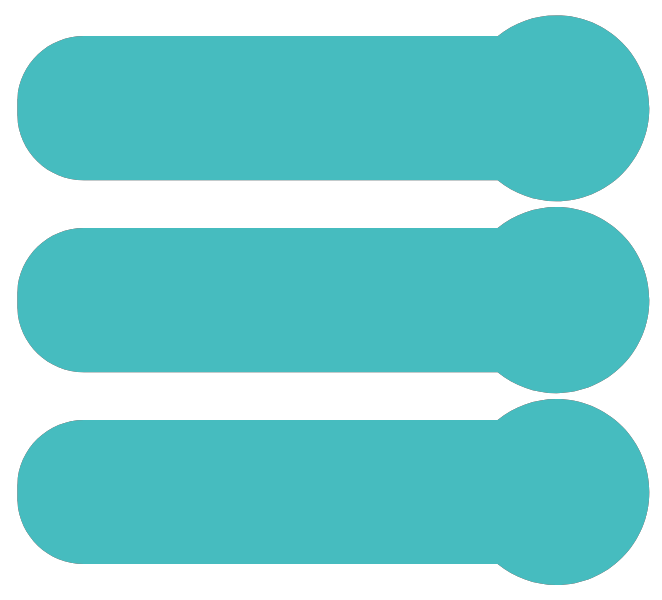The National Assessment and Accreditation Council recently landed on a controversy regarding the ratings of the Maharaja Sayajirao University of Baroda, which changed the grade from A to A+. The National Assessment and Accreditation Council (NAAC) which carries out high-level checks or assessments of the Indian Higher education system landed in controversy recently regarding the ratings of the Maharaja Sayajirao University of Baroda. The organization has been accused of bribery in the process.
What is NAAC?
The NAAC is an autonomous body under the University Grants Commission (UGC) which assesses and certifies higher education institutes with gradings during the accreditation process.
It is a multi-layered process that allows an institute to know if it meets the standards of the quality set behavior by the investigator in terms of curriculum, research, faculty, infrastructure, and other parameters.
The ratings of the investigation process vary from A++ to C. If an institution receives a D grade, it means that the institute is not accredited.

In a published paper, it has been revealed that the current approach is regarded as “input-based”. The statement was released by NAAC executive committee chairman Bhushan Patwardhan and former Indian Institute of Science Education and Research Professor KP Mohanan.
The organization mainly depends on the self-assessment reports of the applicant institutions.
The first step involves the applicant institution submitting a self-study report of information based on qualitative and quantitative terms.
The data is then verified by the NAAC expert teams followed by the peer team visits to the institutions. The last step has surfaced controversy.
NAAC has reportedly kept the grading of the Maharaja Sayajirao University of Baroda under hold after receiving an anonymous complaint that the institution tried to influence the accreditation process while bribing the peer review team with gold, cash, and other favors to the peer team.
However, on September 15, NAAC released a statement stating improved grading, claiming the accusations as false. Surprisingly, the controversy has sparked at a time when NAAC is considering changing the approaches for the evaluation process.
The council is emphasizing reducing the role of the peer team visits in the accreditation process.
The White paper published on July 13 stated that the process of the peer team visits adds increased efforts to the council as well as the higher education institutes. Hence, they have made the reforms restricting the role of the peer teams being facilitatory in nature and will not have a significant contribution to the assessment and accreditation.
From the previously used “Input-based” approach adopted by the NAAC, it plans to focus on the “outcome-based approach”
The system states that the current system emphasizes accepting the claim of a Ph.D. candidate that his thesis is of high quality. Instead, the newly approached system focuses on finding out if the students are equipped with adequate skills and academic abilities.
Rather than focussing exclusively on the self-study reports of the HEIs, the NAACs should ask institutions to provide evidence such as samples of their learning materials, continuous assessment tasks, and final examinations to demonstrate the outcomes of learning specific topics in the syllabus. The verdict was given on the white paper.
Currently, around 1,043 universities and 42,343 colleges are all included on the portal of the All India Survey on Higher Education.
Maharashtra falls under the highest number of accredited colleges whereas Tamil Nadu consists of the most credited colleges.
Not all higher education institutes are subjected to the evaluation process by the NAAC. Only the institutes which are six years old or at least two batches of students who have graduated can apply in the evaluation process.
The aspiring institutes need to be recognized by the UGC and constitute the regular students enrolled in the full-time teaching and research programs.
Currently, only 19 universities and 121 colleges have been reviewed by the NAAC four times.
This shows that only a few colleges are accredited in the evaluation process. Why is it so? what holds them back?
According to the officials, the fear of obtaining a poor grade or not being accredited at all holds back higher education institutes from voluntarily applying for the accreditation process. Many colleges have not undergone the procedure despite the accreditation being made mandatory through the UGC regulations in 2012.
For More Such Articles, News Update, Events, and Many More Click Here






